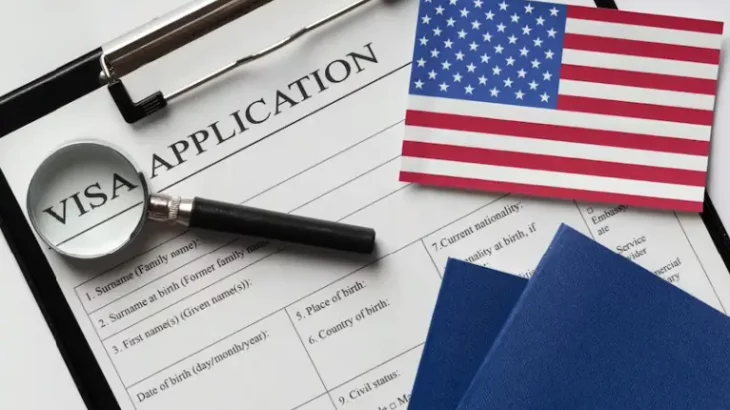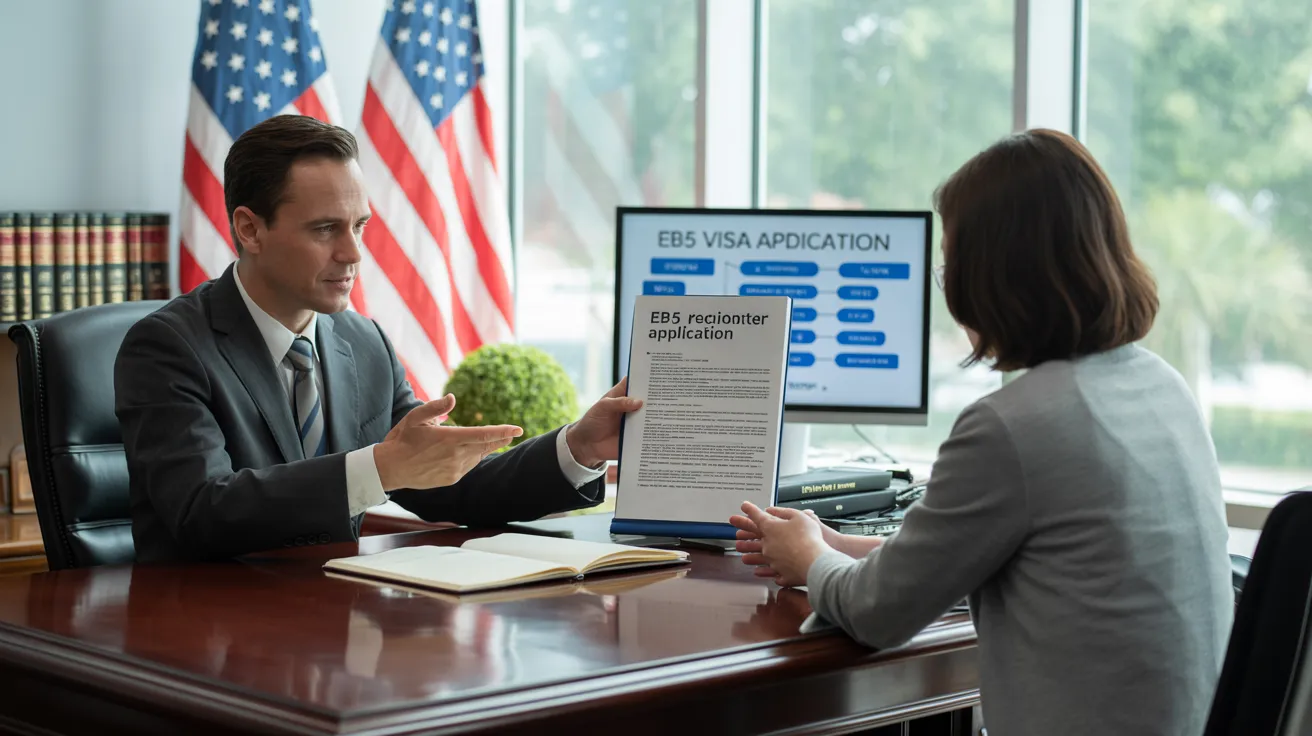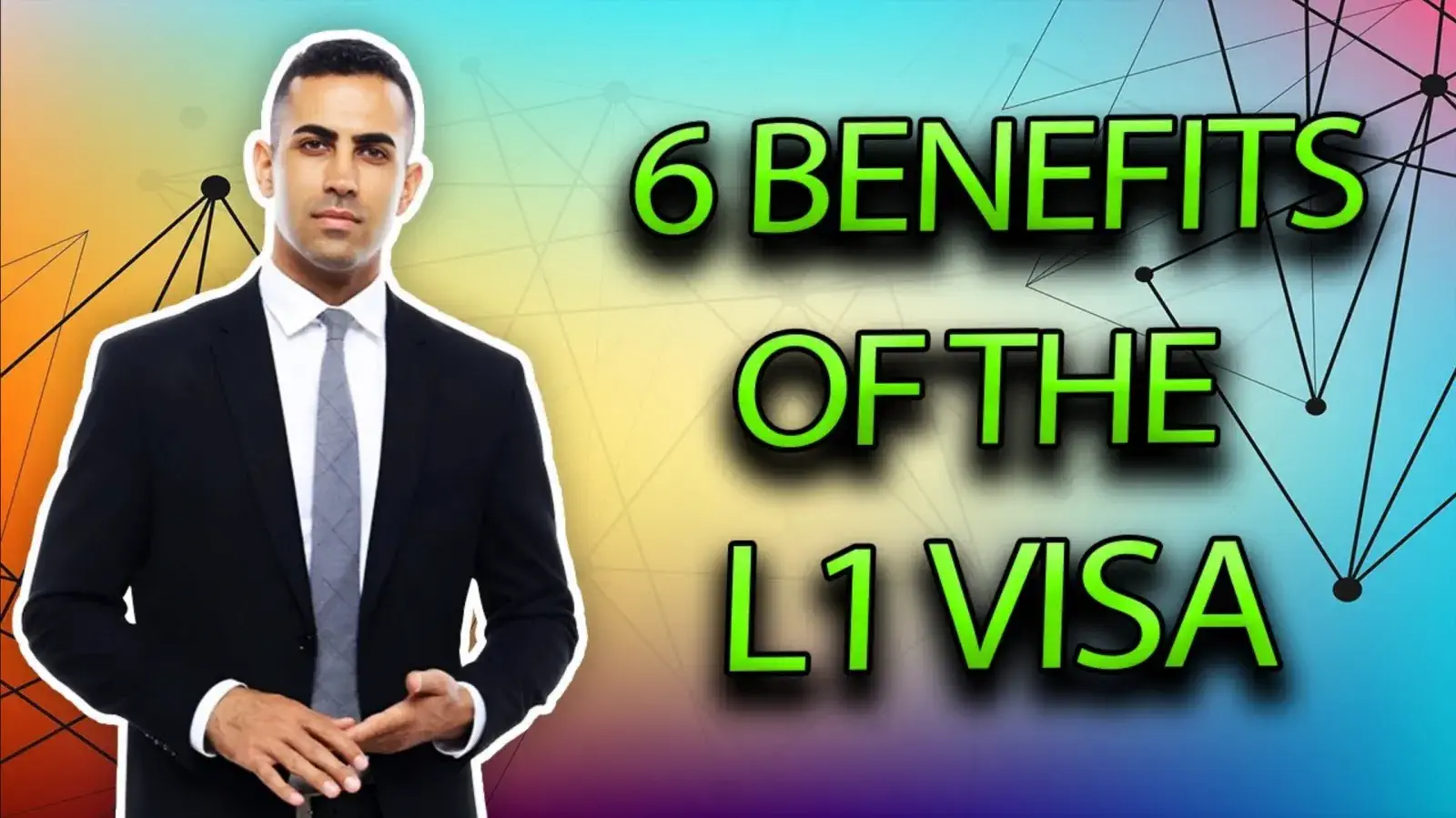An Unbiased View of L1 Visa
Table of ContentsSome Known Details About L1 Visa 4 Easy Facts About L1 Visa DescribedLittle Known Questions About L1 Visa.How L1 Visa can Save You Time, Stress, and Money.A Biased View of L1 VisaThe Single Strategy To Use For L1 Visa
Offered from ProQuest Dissertations & Theses Global; Social Scientific Research Premium Collection. DHS Workplace of the Inspector General. Fetched 2023-03-26.
United State Division of State. Gotten 2023-02-08. Tamen, Joan Fleischer (August 10, 2013).
Not known Incorrect Statements About L1 Visa
In order to be eligible for the L-1 visa, the international company abroad where the Beneficiary was used and the U.S. firm should have a certifying partnership at the time of the transfer. The different kinds of qualifying relationships are: 1. Parent-Subsidiary: The Moms and dad implies a company, company, or other lawful entity which has subsidiaries that it has and manages."Subsidiary" means a company, corporation, or various other lawful entity of which a parent possesses, straight or indirectly, greater than 50% of the entity, OR owns much less than 50% but has monitoring control of the entity.
Company A possesses 100% of the shares of Firm B.Company A is the Parent and Firm B is a subsidiary. There is a qualifying connection in between the two firms and Business B ought to be able to sponsor the Beneficiary.
Firm A possesses 40% of Firm B. The continuing to be 60% is possessed and regulated by Firm C, which has no relationship to Firm A.Since Business A and B do not have a parent-subsidiary relationship, Company A can not fund the Recipient for L-1.
Firm A has 40% of Business B. The remaining 60% is possessed by Business C, which has no relation to Firm A. Nevertheless, Company A, by formal contract, controls and complete takes care of Company B.Since Company A possesses much less than 50% of Company B yet handles and regulates the business, there is a certifying parent-subsidiary connection and Firm A can sponsor the Recipient for L-1.
Facts About L1 Visa Uncovered
Affiliate: An affiliate is 1 of 2 subsidiaries thar are both possessed and controlled by the exact same moms and dad or individual, or possessed and managed by the exact same team of people, in primarily the very same proportions. a. Instance 1: Company A is integrated in Ghana and utilizes the Beneficiary. Company B is included in the U.S.
Firm C, also incorporated in Ghana, has 100% of Firm A and contact us 100% of Company B.Therefore, Firm A and Business B are "affiliates" or sister business and a certifying partnership exists in between both business. Business B ought to have the ability to fund the Recipient. b. Instance 2: Business A is integrated in the U.S.
Company A is 60% owned by Mrs. Smith, L1 Visa law firm 20% owned by Mr. Doe, and 20% possessed by Ms. Brown. Firm B is included in Colombia and presently utilizes the Beneficiary. Company B is 65% owned by Mrs. Smith, 15% possessed by Mr. Doe, and 20% possessed by Ms. Brown. Firm A and Firm B are associates and have a qualifying connection in 2 different methods: Mrs.
The L-1 visa is an employment-based visa category developed by Congress in 1970, allowing international companies to move their supervisors, executives, or essential employees to their U.S. operations. It is frequently referred to as the intracompany transferee visa. There are 2 primary kinds of L-1 visas: L-1A and L-1B. These kinds appropriate for workers employed in different settings within a company.

Furthermore, the beneficiary should have functioned in a managerial, executive, or specialized employee position for one year within the three years coming before the L-1A application in the international firm. For new workplace applications, international work needs to have been in a managerial or executive ability if the recipient is coming to the USA to work as a manager or executive.
Some Known Questions About L1 Visa.

If given for a united state business operational for greater than one year, the preliminary L-1B visa is for as much as 3 years and can be expanded for an extra 2 years (L1 Visa). Alternatively, if the U.S. firm is recently developed or has been operational for less than one year, the first L-1B visa is issued for one year, with extensions offered in two-year increments
The L-1 visa is an employment-based visa category established by Congress in 1970, enabling international companies to transfer their managers, executives, or vital personnel to their U.S. operations. It is generally referred to as the intracompany transferee visa.
How L1 Visa can Save You Time, Stress, and Money.
In addition, the recipient should have operated in a managerial, exec, or specialized staff member position for one year within the three years coming before the L-1A application in the foreign business. For brand-new office applications, international employment has to have remained in a managerial or executive capacity if the recipient is involving the United States to function as a manager or exec.
for as much as 7 years to look after the procedures of the U.S. associate as an executive or supervisor. If issued for an U.S. company that has been operational for even more than one year, the L-1A visa is initially provided for up to three years and can be expanded in two-year increments.
If approved for an U.S. company functional for more than one year, the initial L-1B visa is for as much as three years and can be extended for an added two years. Alternatively, if the united state firm is recently established or has actually been operational for much less than one year, the preliminary L-1B visa is provided for one year, with extensions available in two-year increments.